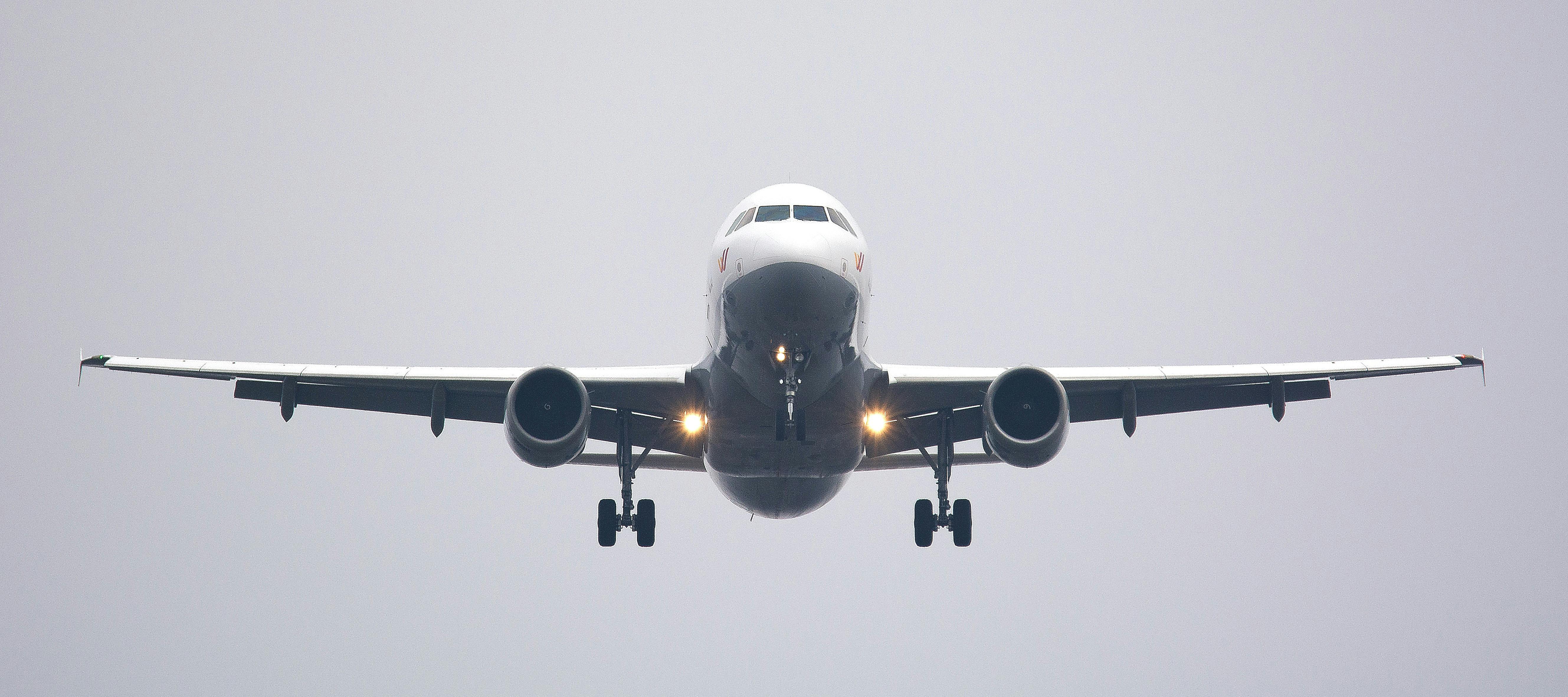
Snowkiting, the definitive winter board sport
Have you ever wished you could snowboard wherever you wanted, even through snow-covered fields and frozen lakes buried in dust? How about up and down? With the power of a kitesurfing kite and 10 miles per hour of wind or more, you can do it. Snowkiting is the ultimate new sport for powder lovers, freestylers, and snow wakeboarders. Combining all the elements of snowboarding with many of those of wakeboarding plus the freedom of off-piste snowmobile access, snowkiting takes winter to the next level.
The kites used in kiteboarding are controlled by the bar held in the rider’s hands. Similar to the tow rope in water skiing and wakeboarding, but with a few additions, the kite control bar directs the kite to pull in the direction the rider wants to go, as well as controls the force with which it pulls the kite. And with just a little over 10 mph of wind and the right kite, the power of the kites is astounding. Capable of pulling passengers over 50 mph and over 50 feet in the air, they have all the horsepower of a high-performance snowmobile, dirt bike or jetski, right at your fingertips.
Sowkiting was first employed for arctic exploration, by intrepid adventurers who used the power of kites to tow them on skis or sleds through vast expanses of tundra and bags of ice, searching for unknown points or trying to set record speeds to cross. the frozen north. Since the late 1990s, windsurfers and adrenaline junkies have driven the development of more versatile and maneuverable kites with precision steering and power control capabilities, as well as relaunch and safety features to get kites back on track. fly after an accident. Although much of the progression of kitesurfing equipment and sport took place on the water, snowboarders and skiers have brought these kites to the snow and opened up a whole new world of terrain and riding possibilities. Snowkiting has now progressed to the point where gunpowder hunters can fly over 30 mph across flat terrain with waist-deep snow, making huge big mountain turns, freestylers and wakeboarders can throw all the stele cheats from the book in hardpack, plus blast. uphill or downhill, or launch hundreds of feet into the air from slopes or cliffs using the kite as a parachute on the way down.
Snowkiting is best learned on open flat terrain, where riders can learn to use the kite to tow them and develop their kite handling skills. A lesson or two is essential considering that kites can pull hundreds of horsepower. Once experienced, almost any type of condition and terrain is fair game, from areas as small as soccer fields, to snow-covered farmlands, frozen lakes, vast rural areas, and even some ski resorts where it has been divided space for snow lovers.
Snow lovers can ride skis or snowboards and usually carry at least 2 different sized kites to suit different wind conditions. Smaller kites are used in strong winds and larger kites in light winds. Although they are huge in the sky, kites are small and can easily fit two in a backpack. With kites in a bag and a snowboard in the luggage rack, it is easy to travel with kite gear. Of course, it’s unfortunate that there isn’t an $ 18 chili bowl at the end of the race, but riding non-stop for hours uphill and downhill is a lot more fun than freezing on a chairlift in the wind.